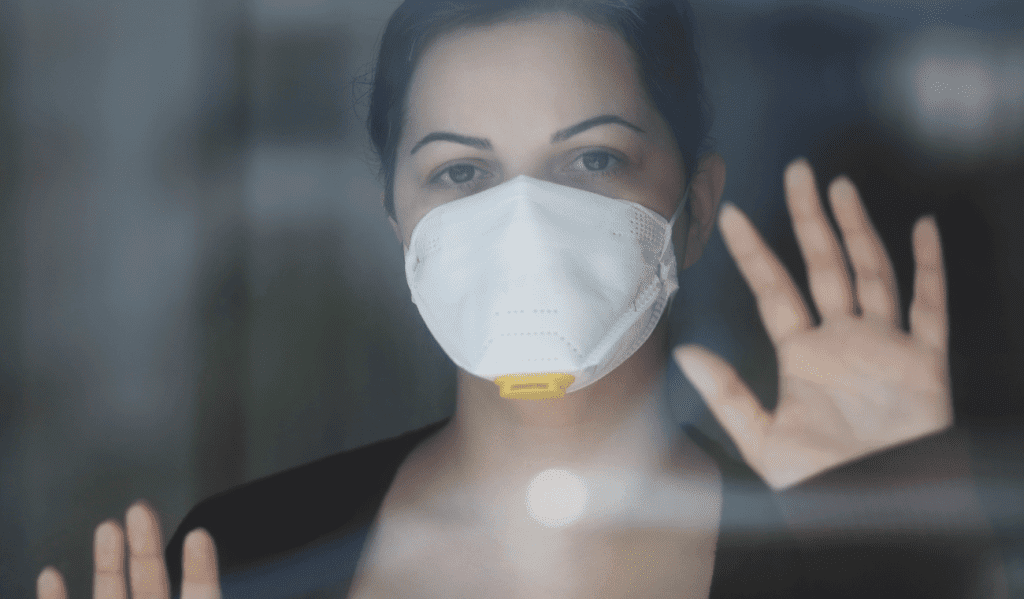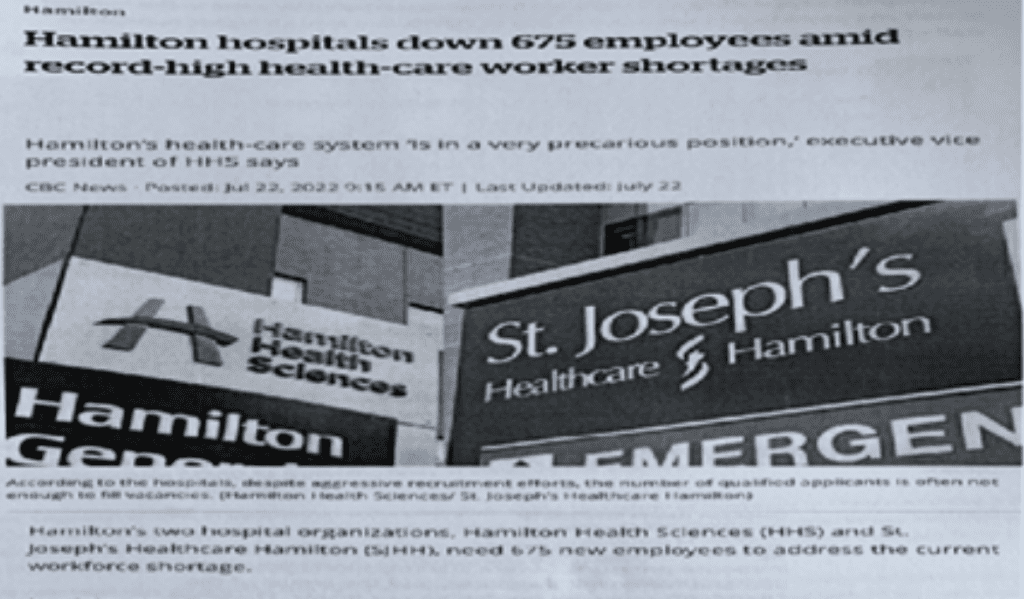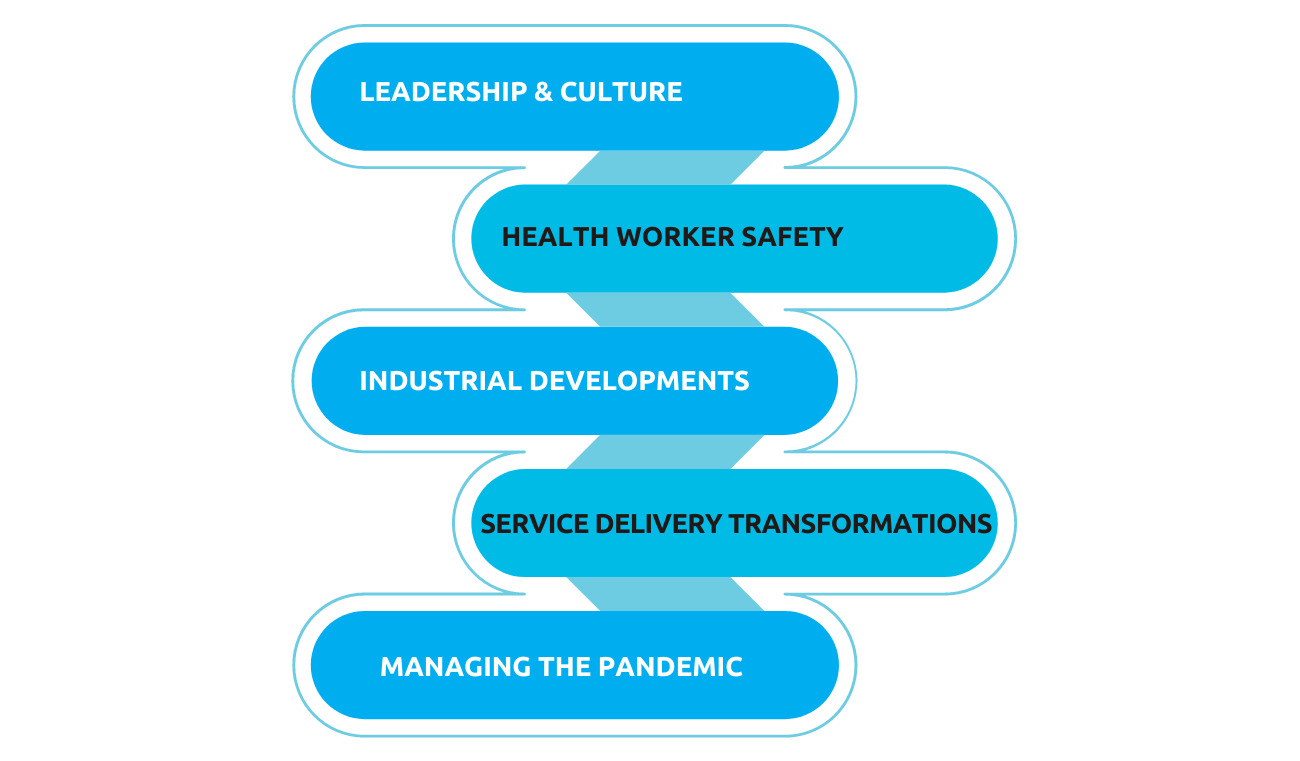Leadership in Quality and Safety
Read the Magazine in PDF
Abstract
Effective leadership in healthcare quality and safety is now more crucial than ever due to the global pandemic. The pandemic has exposed inadequacies and vulnerabilities in healthcare systems, necessitating a more resilient approach to emergencies and crises. Leaders in healthcare must adapt quickly to new care methods while prioritizing patient and staff safety. The article emphasizes the significance of a culture of safety, transparency, and accountability in effective leadership. This approach is essential for navigating pandemic-related challenges and effectively leadinghealthcare organizations.
Introduction
In light of the global pandemic, effective leadership in healthcare quality and safety has become more crucial than ever before.
The Perfect Storm
Over the past two and a half years, healthcare leaders have faced significant challenges due to the COVID-19 pandemic. The healthcare system has been stretched to its limits, requiring quick adaptation to new care methods while ensuring patient and staff safety.
The pandemic exposed inadequacies in disaster plans and lead to supply chain disruptions and PPE shortages for healthcare leaders and staff. Postponed healthcare activities negatively impacted patients’ health, while the stress of the situation increased burnout among healthcare providers.

Effective leadership in quality and safety is crucial. Leaders must prioritize transparency, accountability, and safety, setting an example by demonstrating a commitment to safety and encouraging open communication among staff. Virtual healthcare has shown promise but requires proper oversight.
The pandemic highlighted the need for a more resilient healthcare system prepared for emergencies. Leaders must rise to the challenge, cultivating a culture of safety and trust within their organizations to handle crises effectively.
In this ever-changing healthcare landscape, effective leadership is essential for providing excellent patient care and ensuring the safety and well-being of all those contributing to providing healthcare. By working together and fostering a culture of safety, we can navigate the challenges posed by the pandemic and emerge stronger.
“Ottawa Hospitals Facing Growing Healthcare Crisis as ORs Run Under Capacity and Backlogs Lead to Extended Wait Times” – A Headline in the Wake of the 24-Month Long Impact of COVID-19.
Rapid changes
The rapid changes and risks taken to promote innovation during the pandemic were necessary yet might have been more effective with careful analysis and planning. In a WHO webinar, Dr. Neelam Dhingra highlighted how COVID-19 exposed healthcare vulnerabilities, reduced capacity, and impacted patient safety. Misinformation, especially against vaccination, had a global impact. The analogy of a person preparing to jump from an airplane yet refusing a parachute illustrated the potential risks for those choosing not to get vaccinated.
Health and Human Resource Crisis
Healthcare is generally assessed using hindsight, and we know that the scarcity of healthcare workers exacerbated the crisis. Ironically, predictions of a global shortage of healthcare personnel were already anticipated due to baby boomer retirements and declining birth rates. The pandemic worsened the issue, leading to burnout and early retirement among healthcare providers. The tension and burnout in the healthcare setting have increased due to the significant scarcity of workers. Despite facing the same storm, everyone’s experiences are different. To demonstrate the healthcare personnel shortage, a Canadian newspaper headline announced that Hamilton hospitals had experienced a loss of 678 workers during a period of record-high needs for healthcare personnel.
It’s probable that similar stories can be found in other locations.

In the past two and a half years, leadership has transformed due to the ongoing COVID-19 crisis. During the pandemic, we shared comparable challenges and goals, navigating each day, week, and month with overwhelming stress and no clear end in sight.
Transformative changes
During the pandemic, beneficial changes have emerged in patient safety. The WHO’s “Implications of the COVID-19 Pandemic for Patient Safety” highlights positive impacts, notably in leadership and culture. Barriers dissolved between healthcare organizations and regions, fostering standardization and the rapid generation of evidence for vaccines, diagnostics, and treatments. Inventive crisis response programs, checklists, and facilities were established swiftly. Public awareness of health, digital proficiency, and mental health increased, emphasizing the importance of healthcare professionals’ safety. Science-based risk assessments and prompt government interventions achieved superior impact in some regions. These modifications have positively influenced our healthcare system.

Leadership
Regardless of our roles or titles, we all hold a leadership responsibility within the healthcare system. From high-level executives to program directors, managers, coordinators, and nurses and physicians providing care, our words and actions impact behaviors and practices. When facing conflicting leadership decisions, we must consider our effectiveness as role models. Amid crises, acknowledging our responsibility in promoting effective leadership becomes crucial.
What is effective leadership?
Effective healthcare leadership is crucial for delivering quality care, achieving positive results, and improving population health. Poor leadership negatively affects culture, performance, and outcomes. The pandemic has intensified challenges, requiring strong leadership to navigate the crisis and maintain optimism. Quality care entails addressing various aspects to ensure high standards in healthcare.
Dimensions of Quality
Accreditation Canada and the Institute for Healthcare Improvement (IHI) both highlight crucial dimensions of quality in healthcare, including safety, client-centeredness, and accountability. Neglecting any dimension can impact care negatively. A balanced approach to ensure that all quality dimensions are addressed is vital. The Institute of Medicine’s Dimensions of Quality also stress attributes like effectiveness and equity, emphasizing their importance in building a high-quality healthcare system.
Declining Quality of Care
The healthcare system is under immense stress, with lingering pandemic effects such as the negative impacts of virtual care and postponed surgeries. Staff shortages and burnout contribute to the strain, affecting effective communication with patients. Physicians are personally stressed in this new reality, struggling to maintain quality care. In some countries, finding a family physician is extremely difficult, leaving patients without necessary care. Media portrayals depict the healthcare system in crisis, raising public awareness of its challenges. The perception is that the system is sinking, with cartoons like this one, depicting a distressed healthcare ship. The healthcare industry is facing a critical moment, necessitating prompt and strategic actions to alleviate these pressures and work to improve the quality of care. Quality of care declined during the pandemic. We now must work to raise the bar.

Rescalating risk for patients and staff
In the healthcare environment, the pandemic has increased risks of errors and omissions, requiring leaders to cultivate a culture of quality care and safety. Prioritizing person-centered care, trust, transparency, and learning is crucial. However, the pandemic has challenged these elements, necessitating the identification and rebuilding of vulnerable areas. Criminalizing unintentional medical mistakes sets unrealistic and dangerous standards. Instead, safety standards and practices should be adjusted to mitigate future risks and promote a supportive environment for staff.
Reviewing the necessary elements of a culture that enables quality care, which of these elements do you believe may have been negatively impacted by the criminal outcome of the incident at Vanderbilt University Medical Centre?
This situation may have contributed to slowing patient safety progress. The healthcare workers may not feel comfortable reporting near misses, adverse events, or errors when criminal charges may follow. Responsibility for the system and contributing factors must be addressed. When assessing the culture within your organization, the elements that require rebuilding, and where it should begin, given that everyone is under stress, are the challenges we must all face.
Impact of the pandemic on the style of leadership
In the article “Reflections on the Time of Crisis: What it Takes to Manage and Lead Integrated Health Care,” the author highlights the pandemic’s impact on various aspects of healthcare. They emphasize the swift adoption of technology and innovations, drastic changes in work dynamics and spaces, and the need for concise and efficient styles to embrace change.
During the pandemic, leadership approaches regressed to more traditional command and control styles due to uncertainty and the need for rapid decision-making. Leaders can consider returning to their previous classes as the health environment stabilizes. The Institute of Health Care Improvement’s 2013 white paper highlights five critical behaviors for achieving triple aim results: person-centeredness, engaging patients and communities in planning and improvement, starting meetings with patient stories, being present at the front line, and practicing transparency about results and aims. Additionally, encouraging systems thinking and collaboration across boundaries is vital.
Reflecting on our leadership style is crucial for providing quality care, better outcomes, and organizational performance. Prioritize person-centeredness and engage with the front-line care and service providers.
Stay focused on vision and strategy, even in crises. Embrace transparency and encourage collaboration across boundaries. The pandemic highlighted the significance of collaboration in and beyond the health system. Let’s prioritize this approach for sustainable and effective leadership, cherishing the valuable achievements and experiences gained during this time.
Conclusion
During the pandemic, healthcare leaders faced unprecedented challenges in ensuring quality and safety amidst increasing risks, burnout, and provider shortages. Effective leadership is crucial in maintaining standards, monitoring changes, and retaining positive improvements. Prioritizing self-care and adapting leadership styles to team dynamics is essential. These challenges offer opportunities for growth and improvement. Together, we must lead the way in healthcare quality and safety.
Q: What is the speaker’s opinion on the compatibility of people-centered leadership and systems leadership?
A: The speaker believes that people-centered leadership and systems leadership are compatible. It is important to be sensitive to what those within the system are experiencing, and leaders in policy situations need to reflect that they understand the reality. The sensitivity to client-centeredness must be there, and leaders need to demonstrate that they recognize the reality of what it is like to be within healthcare at any level.
Q. According to the speaker, what are some of the negative impacts of the COVID-19 pandemic on healthcare?
A. Some of the negative impacts of the COVID-19 pandemic on healthcare include the cancellation of elective surgeries, the backlog of cases, delays in mammograms and colonoscopies, and the public delaying seeking medical attention because they were told the system was overloaded. There have been significant delays in receiving care. In about five years, negative population outcomes may be traced back to some of the delays and deferrals that occurred during the pandemic.
Q. What is the speaker’s view on the difference between the perception of healthcare systems in India versus other places?
A. The speaker notes that the majority of healthcare facilities in India stepped up to do the best of their capability during the pandemic, while challenges were seen in the supply chain, connectedness, and government support. The speaker suggests that India may have set the bar for other countries to follow in terms of their response to the pandemic. The speaker also notes that in other developed countries, the reality of the pandemic did not meet expectations, with delays and deferrals leading to potential negative population outcomes.
Author
-

Board Member, Queensway, Carleton Hospital (Canada); Member, Patients for Patient Safety Canada; ISQua Expert and Past President.



